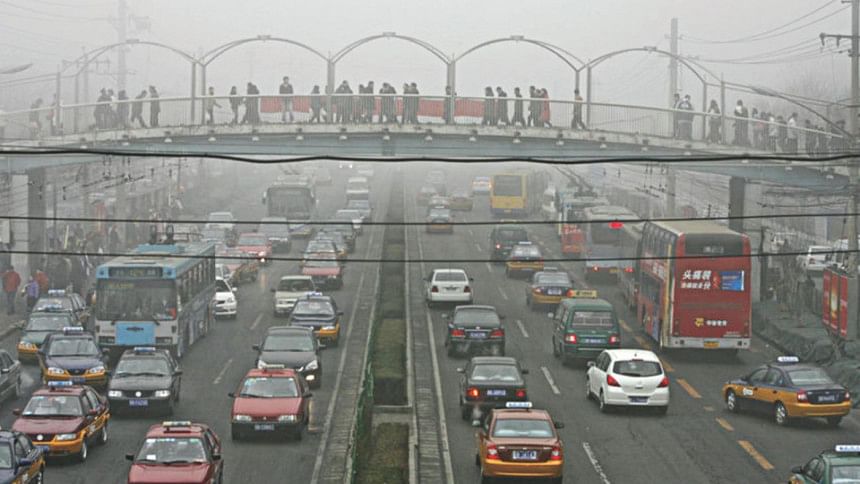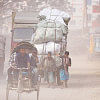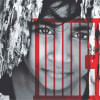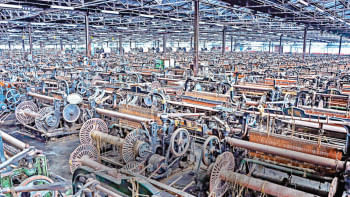Traffic-related air pollution associated with 4m new cases of childhood asthma every year

The first global estimates of their kind suggest that more than one in ten childhood asthma cases could be linked to traffic-related air pollution every year, according to a health impact assessment of children in 194 countries and 125 major cities worldwide, published in The Lancet Planetary Health journal.
With 92% of cases developing in areas that have traffic pollution levels below the World Health Organisation (WHO) guideline level, the authors suggest that this limit may need to be reviewed.
"Nitrogen dioxide pollution appears to be a substantial risk factor for childhood asthma incidence in both developed and developing countries, especially in urban areas," says senior author Dr Susan Anenberg, George Washington University, USA. "Our findings suggest that the WHO guideline for annual average NO2 concentrations might need to be revisited, and that traffic emissions should be a target to mitigate exposure."
Globally, asthma is the most common non-communicable disease among children, and, according to the WHO. Traffic-related air pollution may result in asthma development as pollutants may cause damage to the airways, leading to inflammation that triggers asthma in genetically predisposed children. Although it is not yet clear which specific pollutant within the traffic-related air pollution mixture is the source of asthma development, reviews by the US Environmental Protection Agency and Health Canada suggest that a causal relationship is likely to exist between long-term nitrogen dioxide (NO2) exposure and childhood asthma development.
Globally, the estimates suggest that there are 170 new cases of traffic pollution-related asthma per 100,000 children every year, and 13% of childhood asthma cases diagnosed each year are linked to traffic pollution.
The country with the highest rate of traffic pollution-related childhood asthma was Kuwait (550 cases per 100,000 children each year), followed by the United Arab Emirates (460 per 100,000), and Canada (450 per 100,000). Of the 125 cities studied, there was a large variation in the estimated rate of traffic pollution-related childhood asthma – from 83 cases per 100,000 children every year in Orlu, Nigeria, to 690 cases per 100,000 children in Lima, Peru. These rates of traffic pollution-related asthma are influenced by asthma rates overall, as well as pollution levels, and may underestimate true levels in many low- and middle-income countries. This is because asthma cases often go undiagnosed in these regions.

 For all latest news, follow The Daily Star's Google News channel.
For all latest news, follow The Daily Star's Google News channel. 







Comments